We starred at each other for what seemed like eternity. Neither made a sound, blinked, or raised an eyebrow, his dull gaze manifesting an existence of toil and servitude.
Though face-to-face with a resolute adversary in a no-win stare-down, I knew I’d be the only one to walk away alive. It felt like hours, but was probably less than 30 seconds before a woman entered from a dark hallway at the end of the room.
I looked up, back at my antagonist, blinked, and my focus was gone. This contest of wills was lost.

The woman carried a metal tray bearing a teapot, cups, and large brick of sugar, placing it on a Persian run in the middle of the room next to a roasted goat head. The scene was akin to a drug-induced Hunter S. Thompson novel, and I was expecting an anaconda-wrapped hooker appear at any time.
Though I’d lost the stare-down, the goat, whose execution I had witnessed a few days earlier, would be given last rites before we proceeded to pick its head clean. Bon Appetit.
Two weeks earlier I was bouncing down a dirt road from the Mediterranean port of Nador heading south through the arid deserts of eastern Morocco. I was there to cover the Moroccan Outback Challenge (MOC), a seven-day rally that skirted the Algerian border.
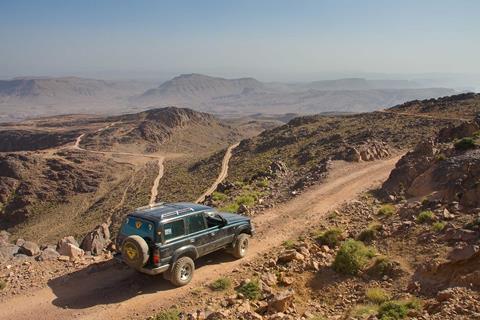
Somewhere in the dark of night, the media car I was riding in lost control and sent us down the road ass-over-teakettle.
The car was to have been my wheels for a post-event adventure through the backcountry—but now resembled an oversized accordion with a Nissan emblem on the grill.

Though I was reeling from a shoulder injury, lacerations on my left leg, and a nasty case of diarrhea, I was there to experience Morocco and bailing out was not in the cards.
One option was to hire a generic four-wheel drive, but the MOC manager suggested I talk to their fixer Mohamed, who owned a tourist camp and had a couple of 80 Series Land Cruisers.
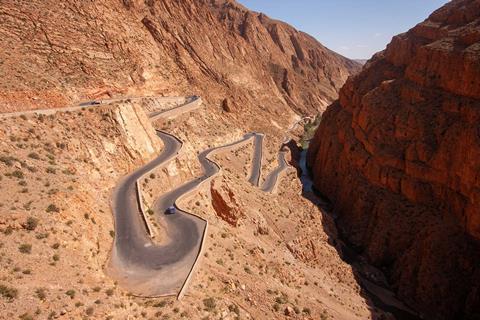
After being released from the hospital we met for tea, where I explained my goals and queried the cost of the vehicle.
Mohamed deliberated for a moment before grabbing my arm, looking in my eyes, and proclaiming in his baritone timbre, “I show you my country, my people, my family. We go to desert sand, you see where my father and big father go to Timbuktu with camels, where they are buried. You see Morocco!”
Not one to hire a guide or sign up for a tourist junket, I recalled Mohamed marching to the front of a long queue in the immigration office with our passports in-hand, confidently ushering the agent into a private room, and emerging a few minutes later with passports stamped and vehicle documents approved.
There was something mysterious about this man, something that commanded respect from all he encountered. Traveling with a guy like this might have its benefits.
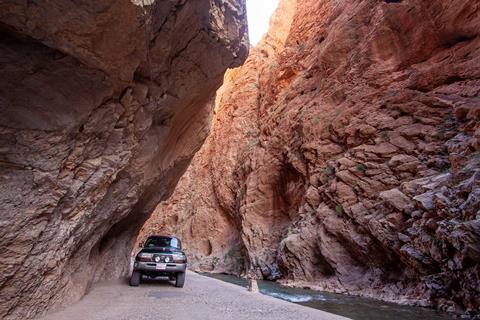
A few days later we were sitting at a street-side café eating Tagine, a traditional Moroccan dish of veggies, spice, and of course, goat meat. I pulled out my map and we penciled in a route that would take us east to the celebrated kasbahs of Ait-Benhaddou, below the cliff walls of the Todra and Dades Gorges, along the Drâa River and across the carroty sands of the Sahara.
From the Berber homelands in the High Atlas and the Asarrakh plateau, we would descend to his family’s village on the northern reaches of the sand sea of Erg Chigaga.

We topped of the tank in the bustling city of Marrakech, which was officially founded in 1070, and is one of the most colorful and celebrated cities of the Maghreb.
If you venture past the street hustlers and American fast-food joints to the souks of the medina, you will be rewarded with the sights and smells of old Morocco. Snake shows and exotic dancers, street musicians and acrobats, and vendors of the spice trade create an ambiance of an ancient world.
Heading east towards the High Atlas, we wound our way through the villages of Tazouguete, Taferiate, and Igherm n’Ougal. Road trips provide time to talk, and Mohamed began sharing chapters of his family’s chronical.
Long before the American colonies declared their independence from England, his ancestors were entrenched in the spice trade in Mali.
Difficult times fell near the end of the 18th century, causing part of the family to pack up their possessions and migrate north to the deserts near M’Hamid el Ghizlane. It was there in 1803, along the lower reaches of the Drâa River, that they released their camels and staked claim to the land.
Between the arid deserts and verdant palmeraias, they created trade, raised families, and fought to protect their land.
His father remained a caravanner, as were his big father and big-big father before (grandfather and great grandfather), making the 90-day trek from Timbuktu to Nador twice each year. But when his big father was killed in the Berber Wars, the harsh realities of life in the Maghreb surfaced again.
As trains, planes, and automobiles became a more economical form of transporting goods, 1952 marked their last great caravan of 300 camels to Timbuktu.
The oldest son of his father’s third wife, Mohamed had assumed the position of carrying on the family business of camels and agriculture. But when the government dammed the Drâa River, crops died and he transitioned to tourism…and maybe a little black market meteorite trading.
In the lee of the High Atlas, this night would find us in Ouarzazate sitting cross-legged on wool rugs and dipping from a communal tagine pot with his mother and big mother (grandmother).
They spoke freely of politics, the economy, and the family business, and I was realizing Mohamed’s ancestorial tree was deeply rooted in this land. The next two weeks with this 21st century nomad would be a journey through the crossroads of the ancients.
Valley du Todra and Maghreb
The morning sun cast contrasting shadows across ocher canyon walls of Gorges du Dades, which had choked down to about 10 meters, our one-lane track occupying a third of it. Ahead, a young shepherd repeated the age-old tradition of ushering his goats along a well-trodden path and across the river.

From the canyon floor, we ascended a dozen switchbacks, climbing high above the valley to the 2,600-meter summit of Tizi n’ Uguent Zagsaoun. It is the only mountain route between Valley du Dades and Todra Gorge, and revealed its own cultural microcosm.
Though perennial in nature, the Todra River flowed modestly past a few traditional buildings. Hand-laid stone walls held back thin layers of precious topsoil on which locals sowed their annual crops.
In the villages, men sat in the shade smoking and drinking tea while the women toiled in the fields. This was a cultural oddity that I would see repeatedly: men drink tea, and the women do the work.
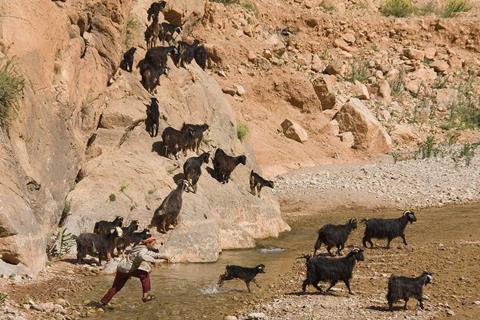
Descending into Valley du Todra, a few modest hotels clung to the river’s edge like the Anasazi cliff dwellings of America’s Southwest. Stopping for tea, which we would partake in at least four times each day, was a must.
Heavy rains of the previous winter had washed the road away, leaving only a thread of the original track for vehicle travel. Passing the neck of the Todra I could only imagine the torrent described by locals during the winter flood.
While Dades and Todra were beautiful examples of Moroccan geology, I wanted to get off the beaten track, drive the road less traveled. We laid a map out on the hood of the Land Cruiser, and I pointed to a thin gray line heading south from the village of Tinerhir.
“Have you ever been here?” I queried. Mohamed, who must have been everywhere, responded “uh…no, I not know this way.” “Then we will go this way!” was my retort. It was decided!
Potters and The Will of Allah
There is an interesting phenomenon in the nomadic regions of Morocco. Without defined property boundaries, deeded land, and barbed wire fences, it seems that people live everywhere.
From dark and narrow openings of half-walled stone enclosures, wool blankets stretched across as shelter from the elements, the weathered faces of herdsmen, their wives, and children appeared in the dappled sunlight.
Many greeted us with a friendly wave and broad smiles, others seemed that their souls had been shackled by the heavy burden of life and their physical being begged for release from this world.
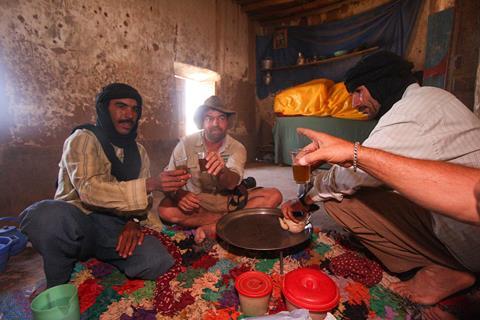
In the village of Ikniounn, we were diverted from the track by a makeshift roadblock. As we slowly crept past a doorless stone building, Mohamed charged, “Stop here.” Several children sat quietly in the dirt near the entrance, a dozen dusty clay pots to either side.
Passing over the threshold to the dark and musty edifice was like stepping through a portal in time.
My eyes adjusted to reveal a weathered old man sitting in front of a foot-powered pottery wheel. Intently focused on the project at hand, he briefly glanced past a mound of wet clay and acknowledged our presence. Light streamed through the door, bouncing off the walls and casting a warm glow over the room.
A shallow nod, a motion to enter, and a few kicks at the wheel below his feet, and he returned his focus to his soon-to-be work of art. Removing his creation from the wheel, he stepped outside with the large cistern, placed it carefully on the ground, and returned to do business.
After the normally extended exchange of polite formalities, Mohamed negotiated a price for a new tagine cooker for his mother and a small clay pot for his sister. It was then that I learned a bit more about Muslim culture. Upon greeting a friend, guest, or stranger, it is tradition to partake in a two-sided exchange of civilities.
It sounds something like this, “Hello my friend. How are you? Is your family well? I hope you have good health, and your camels are strong, good, good…Insha’allah (It is Allah’s will).”
Farewells receive the same, and Insha’allah can be used any time for things unexplained, a moment of repose, or when you don’t know what to say. After the parting greetings and many Insha’allahs, we found our way back to the main road.
Traffic Jams and 1,000 Kasbahs
A swift wind cut across our brow as we crested the summit of Tizi-n-Tazazert. A small stone café, which sat at the edge of the gorge, was an inviting place to take our next tea of the day.
Absorbing the view from a pair of rickety benches, we heard a local rattling his way up the road on an old wobbly motorcycle. The rider joined us for tea and I shared the last of my military rations leftover from the previous week’s rally.
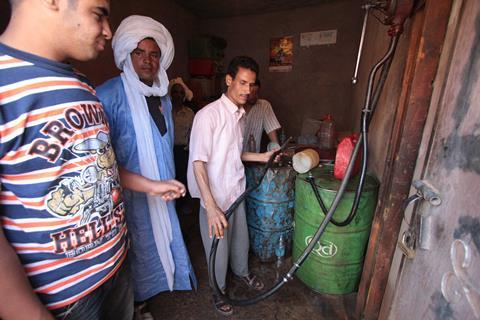
He was delivering supplies to his family, and asked if we had extra fuel. Mohamed filled his small tank, we exchanged Insha’allahs, and he rattled his way down the mountain.
It was mid-day when we encountered my first Moroccan traffic jam, a lone truck on a remote dirt road. But unlike most local trucks, this one was fairly new and clean.At the apex of a turn we stopped to exchange greetings.
To my surprise, the guy behind the wheel was none other than Chris Scott, author of Sahara Overland—the current bible for Sahara Desert travel.

To a greater surprise, we actually knew of each other through our work with Overland Journal but had never met. Chris was working on his new book, Morocco Overland, so we pulled out the maps, compared notes, and moved on. Our resolve…Insha’allah
My GPS clicked down from 2,300 meters as we traced a gravelly switchback from the summit. Stretching southward into the distance, a broad valley appeared, its floor a carpet of ginger bound by verdant palms.
This was the Drâa River Valley, known as The Valley of 1000 Kasbahs. Stopping to explore, we walked through narrow mud-brick corridors, ducking into poorly lit rooms of the interior and a world time had forgotten.
Donning robes and turbans, locals walked leisurely through the centuries-old village, drank tea, peddled their wares through our open windows, and shared the will of Allah.
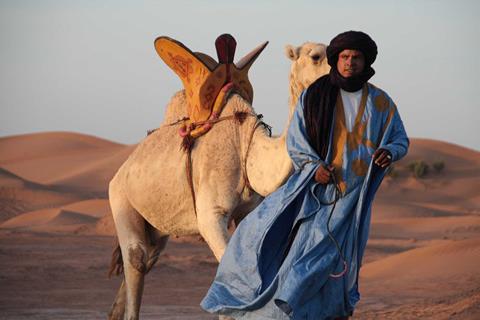
The sun was low on the horizon when we turned toward Mhamid. Mohamed said he wanted to show me his family’s homeland. But first we must stop and buy his sisters some meat.
Pulling off the road at a non-descript adobe building, we entered to find a pair of skinned and beheaded goats hanging by their legs. Mental note to self…be glad you didn’t come into this world as a goat in Morocco.
Join Chris in OVR Issue 6 as he and Mohamed cross the vast dunes of Erg Chigaga by camel, search for water in a Saharan sandstorm, and explore the southern reaches of Morocco’s High Atlas.
Access More Great Stories!
This article originally appeared in OVR Issue 05. For more informative articles like this, consider subscribing to OVR Magazine in print or digital versions here. You can also find the print edition of OVR at your local newsstand by using our Magazine Finder.




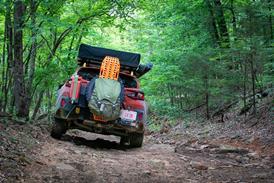
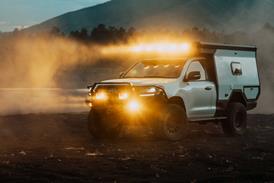
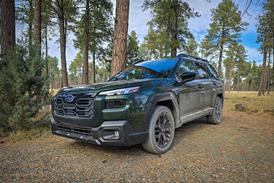
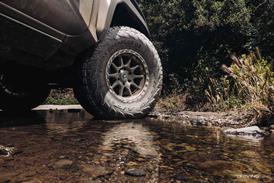


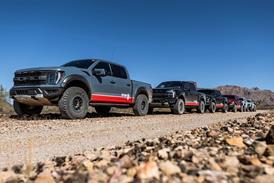


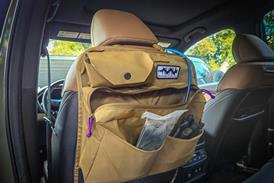
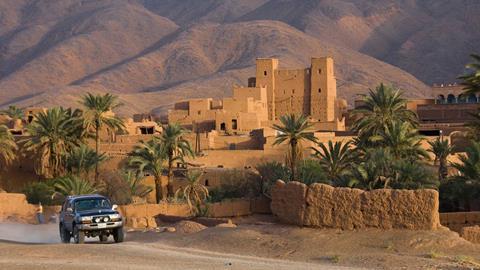
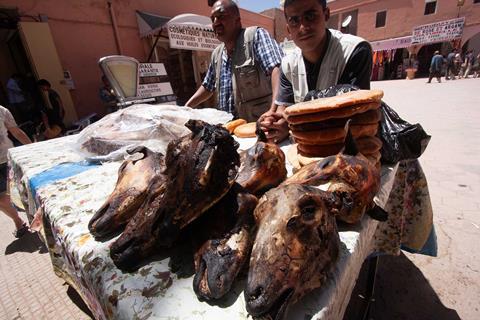
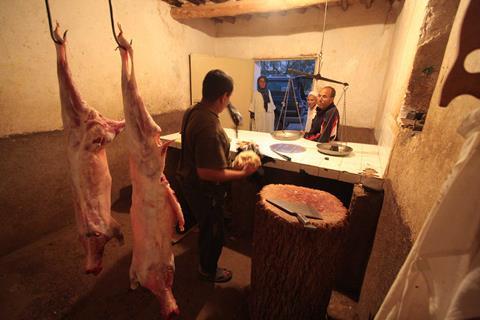



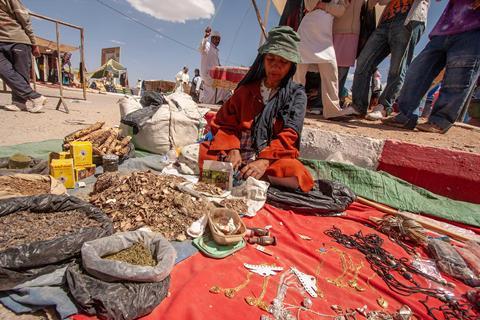
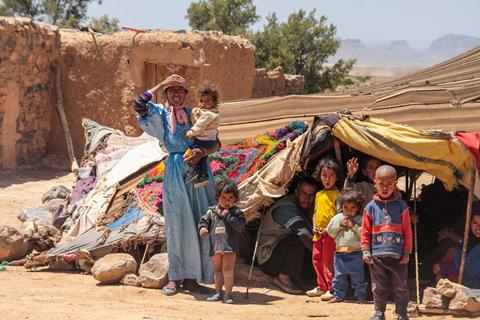
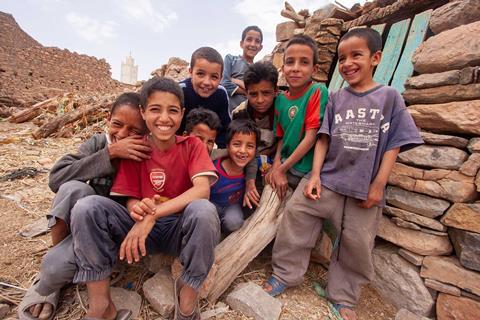
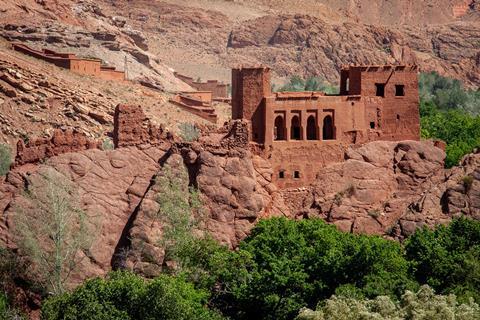
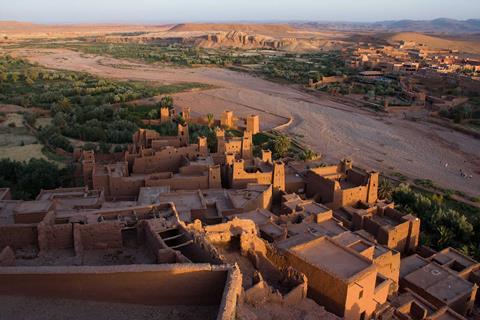

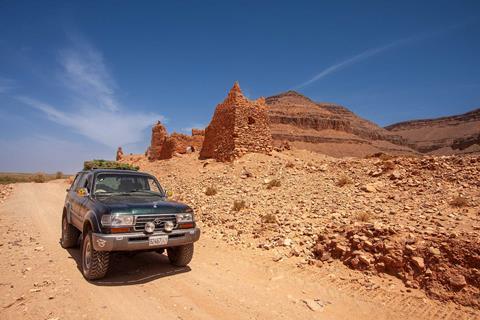
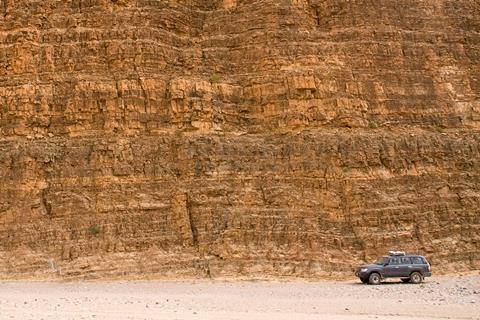
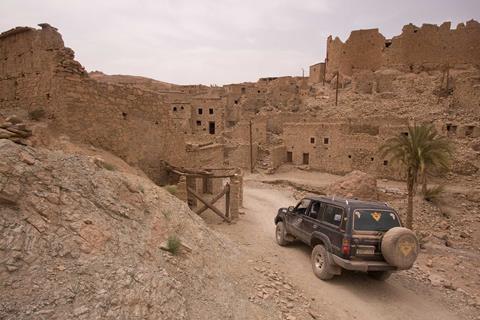
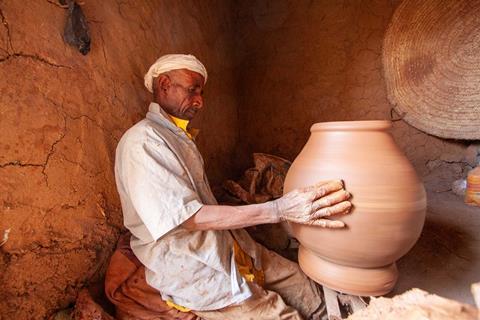
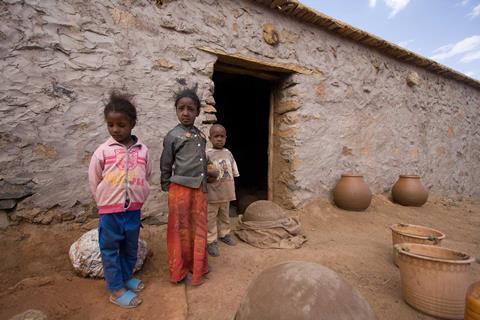
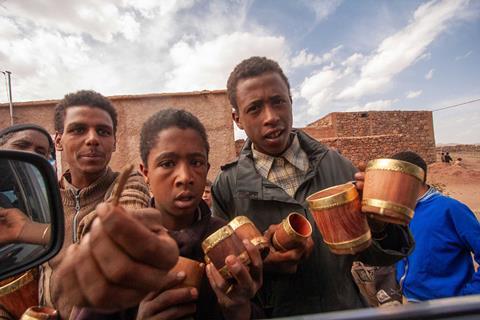

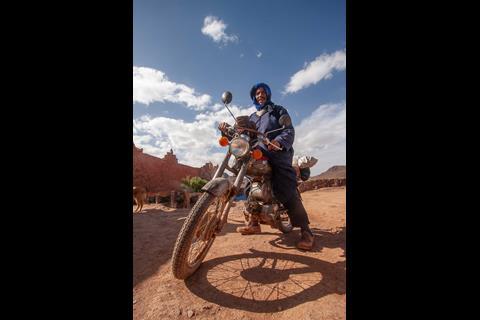






No comments yet